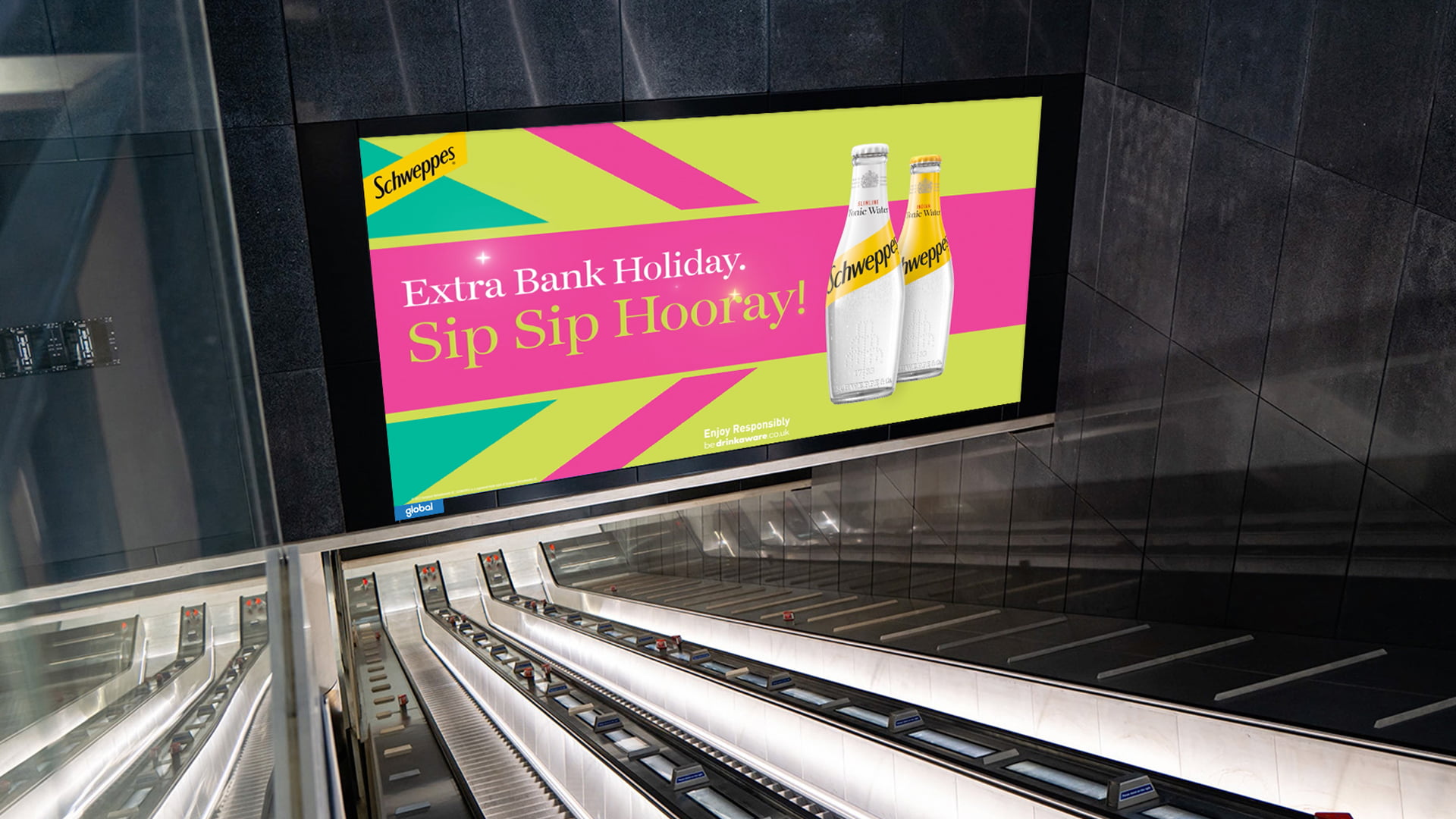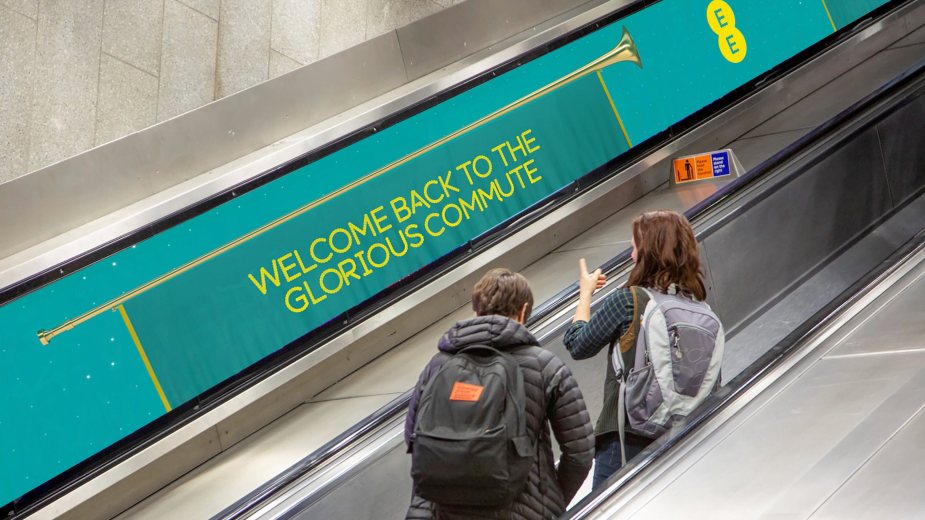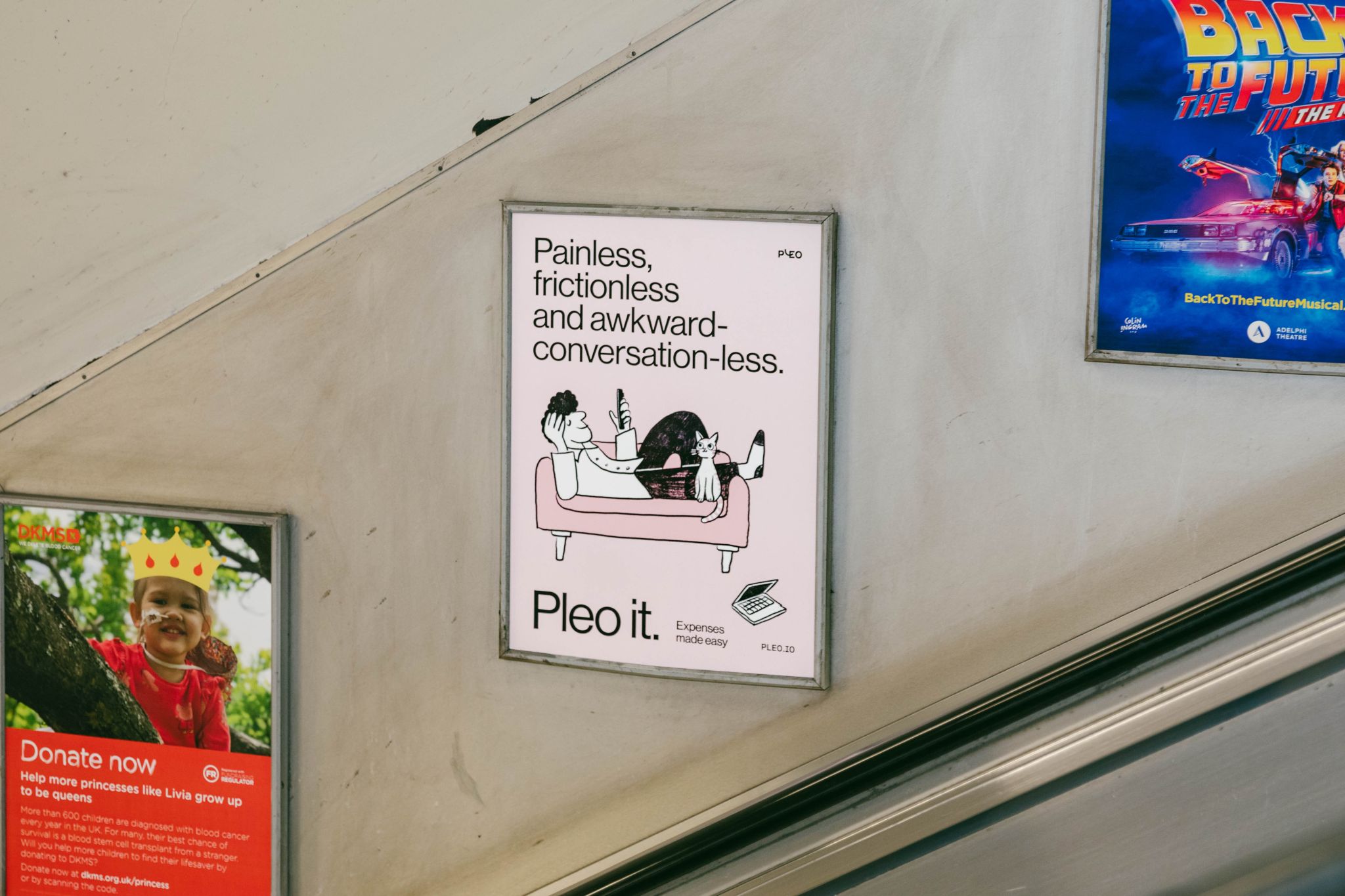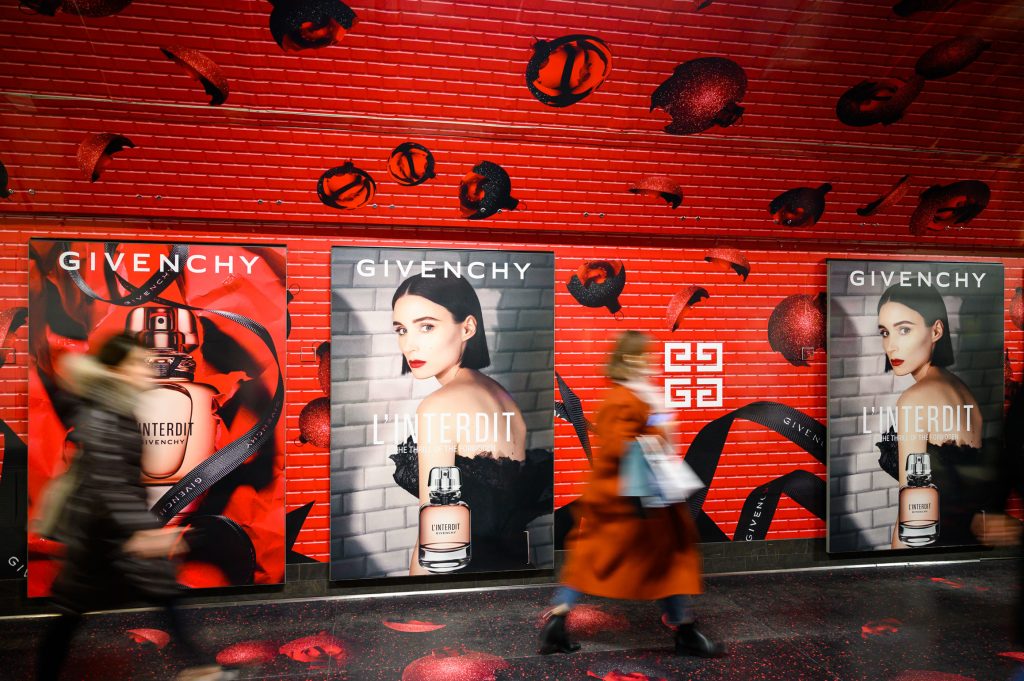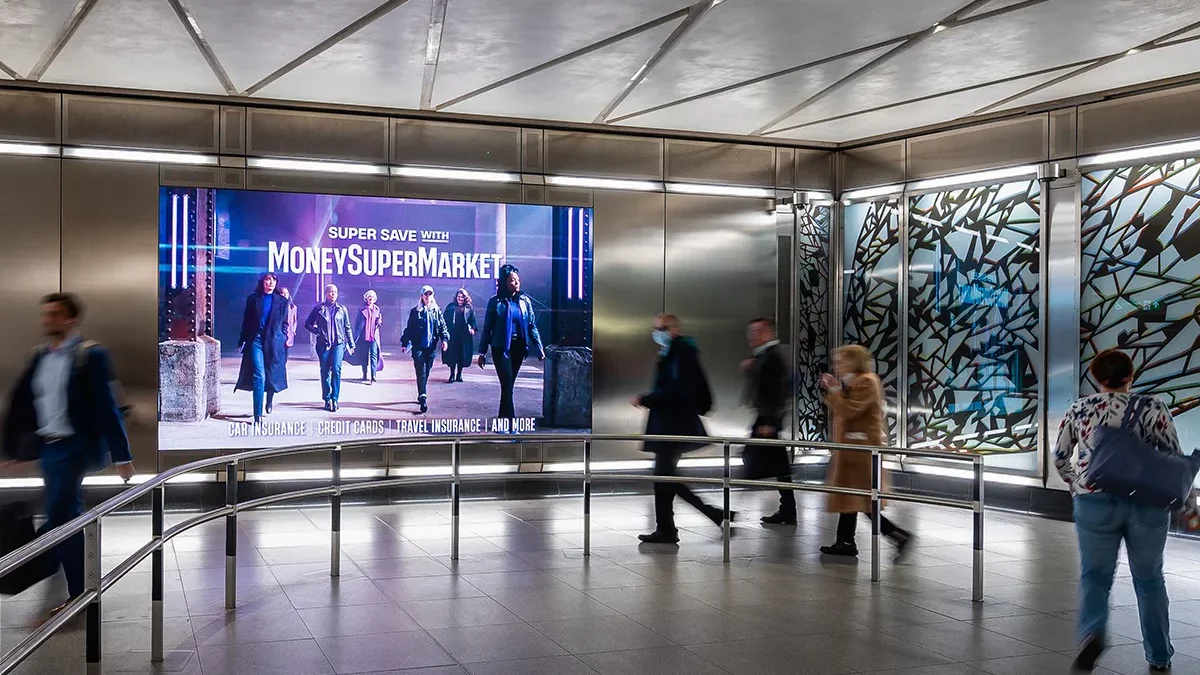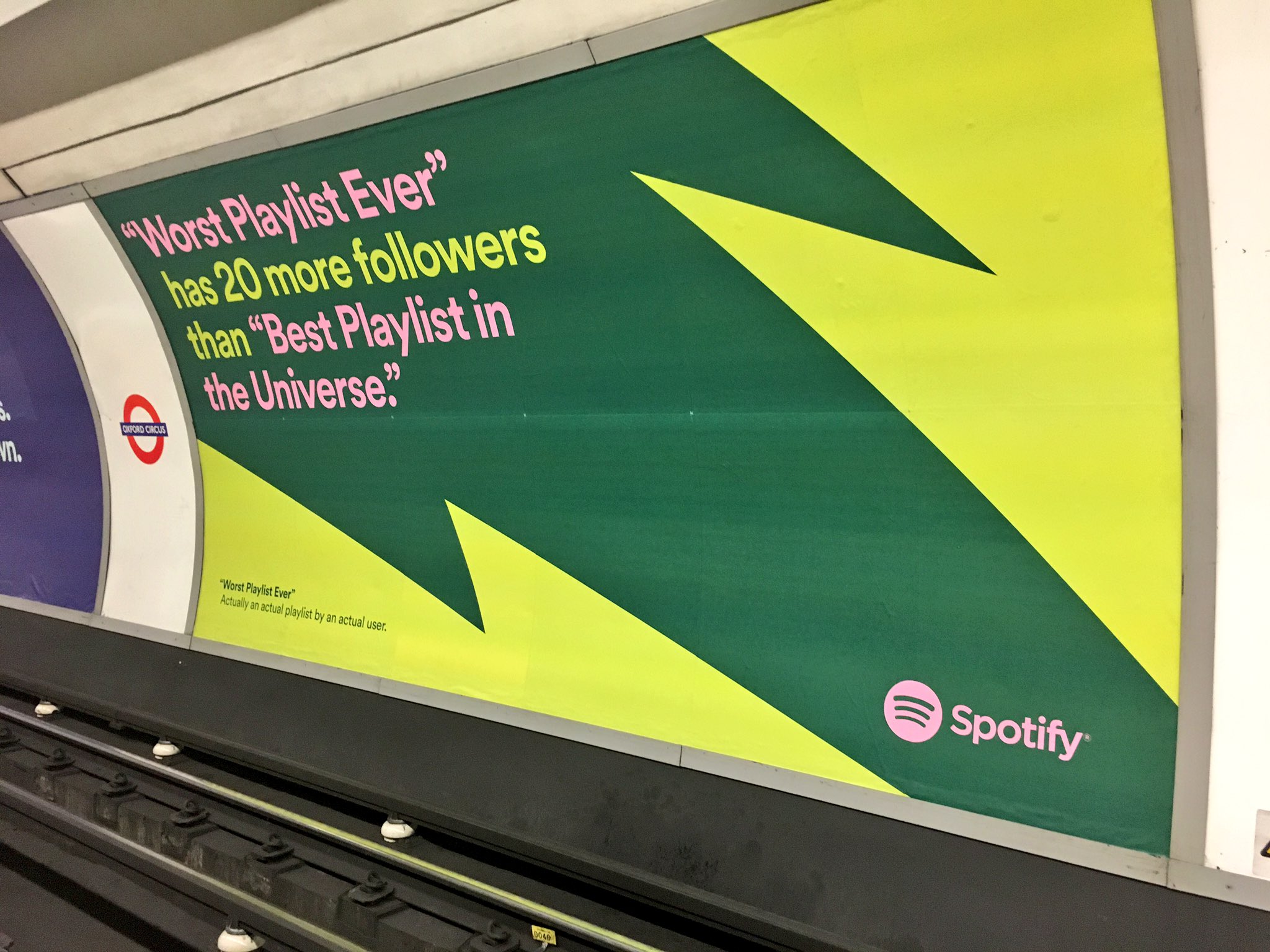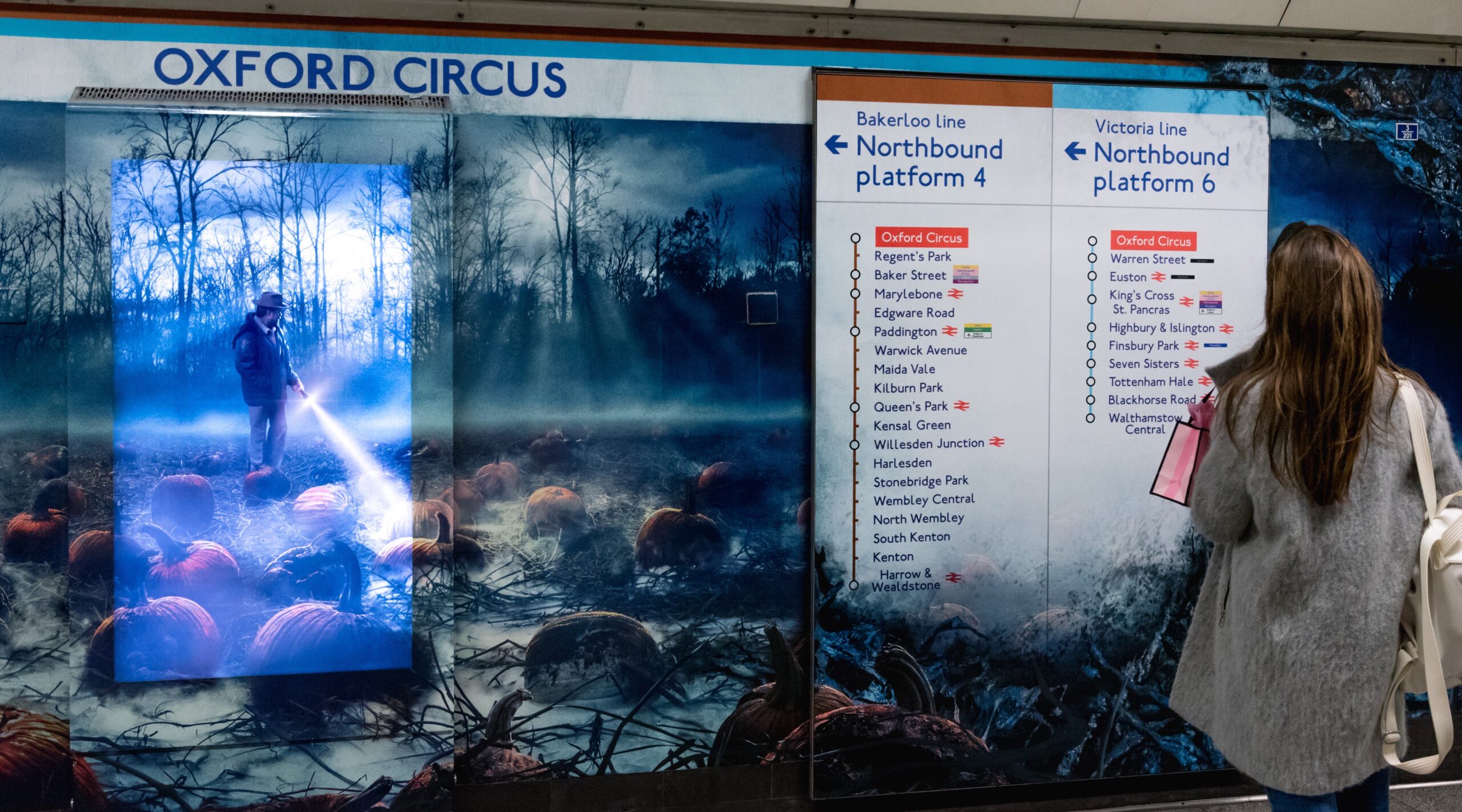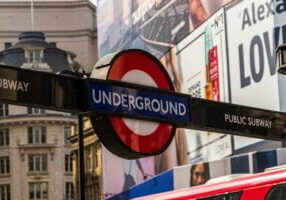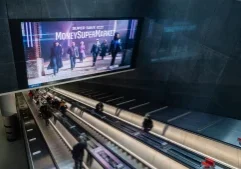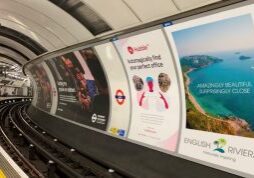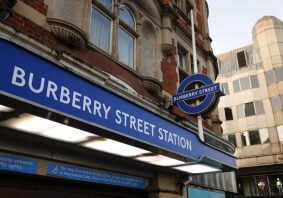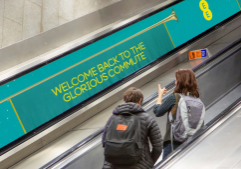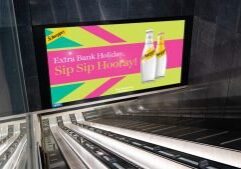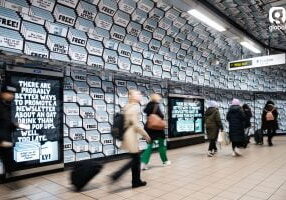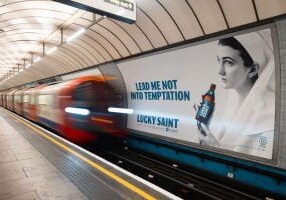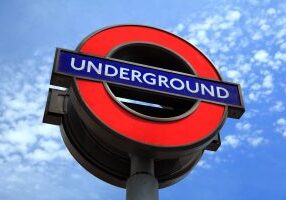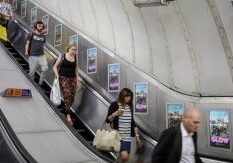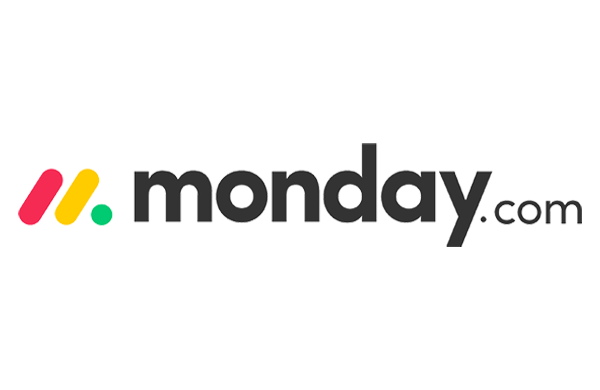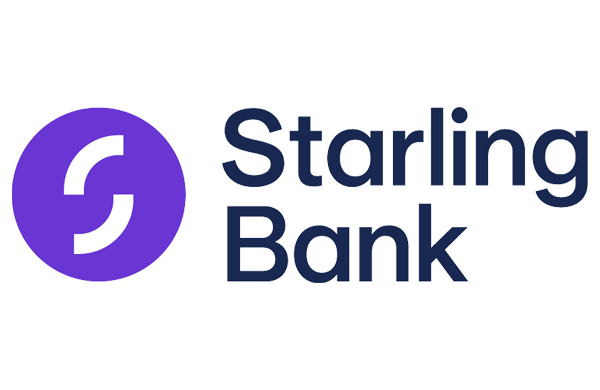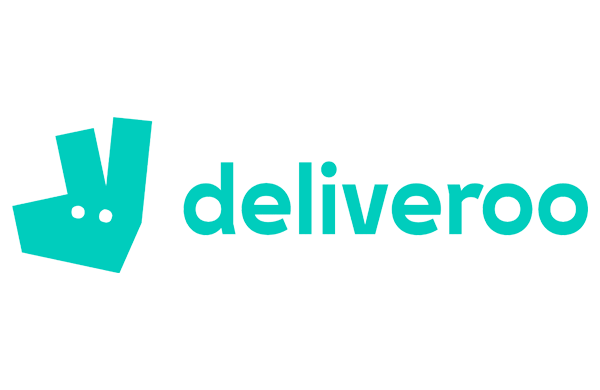Introduction to the London Underground
The London Underground, affectionately known as "The Tube," is not just a transit system; it's an integral part of London's cultural and social fabric.
With its inception in 1863, it has grown to become one of the world's largest and most efficient urban transport networks, serving millions of Londoners and tourists each year.
This guide aims to unlock the potential of the London Underground as a powerful advertising medium, offering unparalleled reach and engagement.
Understanding the Audience
The London Underground's audience is as diverse as the city itself, encompassing a wide range of demographics, lifestyles, and interests.
Daily commuters, tourists, students, and business professionals all converge in this bustling underground network.
With over 1 billion journeys made annually, understanding this audience's dynamics is crucial for tailoring effective advertising messages.
Demographics and Commuter Patterns
Understanding the demographics and commuter patterns of the London Underground is essential for advertisers aiming to target their campaigns effectively. The Tube's audience is incredibly diverse, reflecting the cosmopolitan nature of London itself. Here's a deeper dive into these aspects:
Age and Gender
- The London Underground serves a broad age range, from young adults (18-24) who might be students or early-career professionals, to middle-aged commuters (25-54) making up the bulk of the workforce, and older adults (55+) who are still actively commuting for work or leisure.
- Gender distribution is relatively balanced, with a slight variation depending on the time of day and line. For instance, certain lines may have a higher concentration of male commuters during peak business travel times, while others might see a more female-dominated audience during midday off-peak hours.
Occupation
- The occupational spread of Tube users mirrors the diverse economic sectors operating in London. From finance and technology professionals concentrated in areas like Canary Wharf and the City of London to creative industries in Soho and Shoreditch, the Tube connects all corners of London's economic landscape.
- Students form a significant portion of the commuting population, especially on routes passing through university hubs. Advertising campaigns targeting younger demographics might find success in these areas.
Commuter Patterns
- Peak Times: The morning (7:00 AM - 9:00 AM) and evening (5:00 PM - 7:00 PM) rush hours are the busiest, with commuters traveling to and from work. Advertising during these times ensures maximum exposure but also faces more competition.
- Off-Peak Times: Midday and late evenings see a different kind of commuter, including tourists exploring the city, students attending classes at different times, and professionals with flexible schedules. This time might offer a more engaged audience, albeit smaller.
- Weekends and Holidays: Patterns shift significantly during weekends and public holidays, with increased tourist movement and leisure travel. Advertisements tailored to leisure activities, dining, and entertainment can perform well during these times.
By aligning advertising strategies with the detailed understanding of the London Underground's diverse user base and their commuting habits, advertisers can significantly enhance the effectiveness of their campaigns, ensuring that the right messages reach the right audiences at the right times.
Types of Advertising Spaces Available
Advertising on the London Underground encompasses a variety of formats, each offering unique benefits and opportunities for brands to connect with a diverse and extensive audience.
Here's an overview of the different types of advertising formats available:
Digital Screens
- Cross-Track Projection (XTP): Digital screens located opposite platforms, visible to passengers waiting for trains. Ideal for video or animated content.
- Digital Escalator Panels (DEPs): Sequential digital screens along escalator banks, providing a captive audience during their escalator journey.
- Digital Ribbons: Long, continuous digital screens located in key areas within stations, offering high visibility.
- LCD Screens: Found in ticket halls, corridors, and on platforms, these screens can display dynamic content, including videos and animations.
Posters and Billboards
- 4-Sheets: Standard poster size, commonly found in corridors and on platforms.
- 6-Sheets: Larger posters offering more space for creative designs, placed in high-footfall areas for maximum exposure.
- 12-Sheets and 16-Sheets: Even larger formats for impactful visuals, located in strategic spots within stations.
- 48-Sheets and 96-Sheets: Billboard-sized advertisements, perfect for making a bold statement. These are less common but highly impactful when available.
Carriage Interior Advertisements
- Tube Car Panels: Advertisements placed inside the carriages, above the windows or on the doors, directly in the line of sight of passengers.
Station Dominations
- A comprehensive advertising approach where a single advertiser takes over an entire station with their branding. This can include a mix of digital screens, posters, floor graphics, and even branded turnstiles, creating an immersive brand experience.
Experiential Advertising
- Pop-Up Shops: Temporary retail spaces within stations, allowing direct product engagement and sales.
- Product Demonstrations and Samplings: Live demonstrations or sampling events within station premises, engaging passengers directly with the product.
- Interactive Installations: Engaging and often technologically driven installations that invite passenger interaction, creating memorable brand experiences.
Special Formats
- Wrap Advertisements: Full or partial wraps around the exterior of trains, offering high visibility both inside and outside the station.
- Turnstile Advertising: Branding on the entry and exit gates, ensuring visibility to every passenger passing through.
- Ticket Gateways: Custom branding on the wide ticket barriers, an innovative space for creative campaigns.
Designing Effective Advertisements
Designing effective advertisements for the London Underground requires a strategic approach that considers the unique environment of the Tube, the diverse audience it serves, and the various ad formats available.
Here are key principles and tips for creating impactful London Underground campaigns:
Understand the Audience
- Diverse Demographics: The Tube's audience includes commuters, tourists, students, and professionals. Tailor your message to resonate with the specific demographics you aim to target.
- Commuter Mindset: Consider the mindset of commuters who are often in a hurry, waiting, or looking for distractions. Your ad should capture their attention quickly and offer clear, engaging content.
Leverage High-Impact Visuals
- Bold Imagery: Use striking images that stand out in the busy Tube environment. High-contrast colors and compelling visuals can make your ad more noticeable.
- Clear Branding: Ensure your brand is easily identifiable, with a prominent logo and brand colors. This helps in building brand recognition over time.
Craft a Clear and Concise Message
- Simplicity is Key: Given the brief exposure time, especially for moving audiences, your message should be straightforward and easy to understand at a glance.
- Call to Action (CTA): Include a strong, clear CTA that encourages viewers to take the next step, whether it's visiting a website, scanning a QR code, or trying a product.
Test and Adapt
- Feedback and Iteration: Use feedback from your target audience and performance data to refine and adapt your ads. What works in one station or for one demographic might not work as well elsewhere.
- Seasonal and Cultural Relevance: Adapt your campaigns to reflect seasonal events, holidays, or cultural moments relevant to Londoners to increase relatability and engagement.
Legal and Ethical Considerations
- Compliance: Ensure your ad complies with all relevant advertising standards and regulations, including those specific to Transport for London (TfL).
- Sensitivity: Be mindful of the diverse audience and avoid content that could be deemed offensive or insensitive. Positive, inclusive messages tend to resonate better.
Planning & Booking Your Campaign
Planning and booking a London Underground advertising campaign involves several steps, from initial research and budgeting to choosing the right formats and securing your advertising slots.
Here's a comprehensive guide to help you navigate the process:
1. Define Your Campaign Objectives
- Identify Goals: Determine what you want to achieve with your campaign, such as increasing brand awareness, launching a new product, or driving specific actions (e.g., website visits, app downloads).
- Target Audience: Clearly define who you want to reach with your campaign, considering demographics, interests, and commuting patterns.
2. Research and Budgeting
- Research Options: Explore the different types of advertising formats available on the London Underground and their associated costs. Consider digital screens, posters, carriage interior ads, station dominations, and experiential options.
- Set a Budget: Based on your objectives and the advertising formats that align with your goals, set a realistic budget. Remember to account for design and production costs in addition to the booking fees.
3. Choose the Right Formats and Locations
- Match Objectives to Formats: Select the advertising formats that best suit your campaign goals and target audience. For example, digital screens offer dynamic content for time-sensitive promotions, while posters can provide broader reach for brand awareness.
- Consider Locations: Choose station locations that are most frequented by your target audience. High-traffic stations in central London might offer more visibility, but also come with higher costs.
4. Design Your Advertisements
- Follow Best Practices: Design your ads according to the principles of effective London Underground advertising, keeping in mind the unique environment and audience behavior. Ensure your designs are eye-catching, deliver a clear message, and include a call to action.
- Adapt Designs for Formats: Customise your ad designs for the specific formats you've chosen, considering size, orientation, and whether the medium is static or digital.
5. Booking Your Campaign
- Contact Advertising Agencies: The process for booking ad space on the London Underground typically involves working with advertising agencies. Start this process well in advance of your desired campaign start date.
- Review Availability and Rates: Discuss your campaign objectives, preferred formats, and locations with the agency to understand availability and rates. Be prepared to adjust your plans based on what's available within your budget.
- Finalise Booking and Payment: Once you've selected your ad spaces, finalise the booking details and make the necessary payments. Ensure you understand the terms and conditions, including any deadlines for submitting your ad creatives.
6. Prepare and Submit Ad Creatives
- Meet Specifications: Ensure your ad creatives meet the technical specifications provided by TfL or the advertising agency, including dimensions, file formats, and any content guidelines.
Submission Deadlines: Submit your ad creatives by the specified deadlines to ensure your campaign can start as planned. Late submissions can lead to delays or additional fees.
7. Monitor and Evaluate Your Campaign
- Track Performance: If possible, use tracking mechanisms (such as QR codes or unique URLs) to monitor the performance of your campaign and understand how it's contributing to your objectives.
- Gather Feedback: Collect feedback from your target audience and stakeholders to evaluate the campaign's impact and identify areas for improvement.
8. Review and Adjust
- Analyse Results: Review the performance data and feedback to assess whether your campaign met its objectives. Consider what worked well and what could be improved for future campaigns.
- Iterate and Optimize: Use the insights gained from your campaign to refine your approach for future advertising efforts on the London Underground.
Case Studies
Spotify's Wrapped Campaign
Objective:
- Spotify aimed to increase app engagement and subscriptions by showcasing their annual "Wrapped" feature, which provides users with personalised listening statistics for the year.
Strategy:
- Target Audience: Music listeners of all ages, with a focus on younger demographics who are active on social media.
- Formats Used: Digital screens, posters, and station dominations.
- Locations: High-traffic stations across London.
Execution:
- Spotify utilised vibrant, colourful artwork featuring popular artists and personalized user data points. The campaign was highly visual, with engaging content that encouraged viewers to share their own "Wrapped" stats on social media. Spotify also included QR codes to direct users straight to their Wrapped feature or to download the app.
Results:
- The campaign generated extensive social media buzz, with users sharing their Spotify Wrapped stats and engaging with the brand online.
- Spotify reported an increase in app engagement and new subscriptions during the campaign period.
Netflix's "Stranger Things" Season Launch
Objective:
- To promote the latest season of "Stranger Things" and drive viewership on Netflix.
Strategy:
- Target Audience: Fans of the series and potential new viewers, broadly targeting teens and adults.
- Formats Used: Station dominations, digital screens, and experiential advertising.
- Locations: Key stations like Oxford Circus and King's Cross St. Pancras.
Execution:
- Netflix transformed select stations into immersive experiences reminiscent of the "Stranger Things" universe, including themed signage, interactive installations, and character appearances. The campaign created a buzz, making it a talking point among commuters and on social media.
Results:
- Significant increase in social media engagement, with users sharing their experiences and photos of the installations.
- The campaign contributed to a spike in viewership for the new season on Netflix.
Future Trends
The future of London Underground advertising is set to be shaped by technological advancements and changing consumer expectations.
Here are key trends to watch:
- Digital and Interactive Displays: Enhanced engagement through real-time content and augmented reality experiences.
- Data-Driven Personalisation: Tailored advertising based on detailed audience insights, with a strong emphasis on privacy.
- Sustainability Focus: Eco-friendly materials and messages, aligning with increasing environmental awareness.
Additional Resources
Please see below links to useful resources to help you with your London Underground advertising campaign:
Get A Quote
Get in touch today for an accurate quote for your tube advertising campaign.
In this article...
London Underground Advertising FAQs
To advertise in the London Underground you need to contact specialised advertising agencies. These agencies can provide information on available advertising formats, locations, and pricing.
Get A Quote
Please fill out the below and our team will provide a quote for you.

